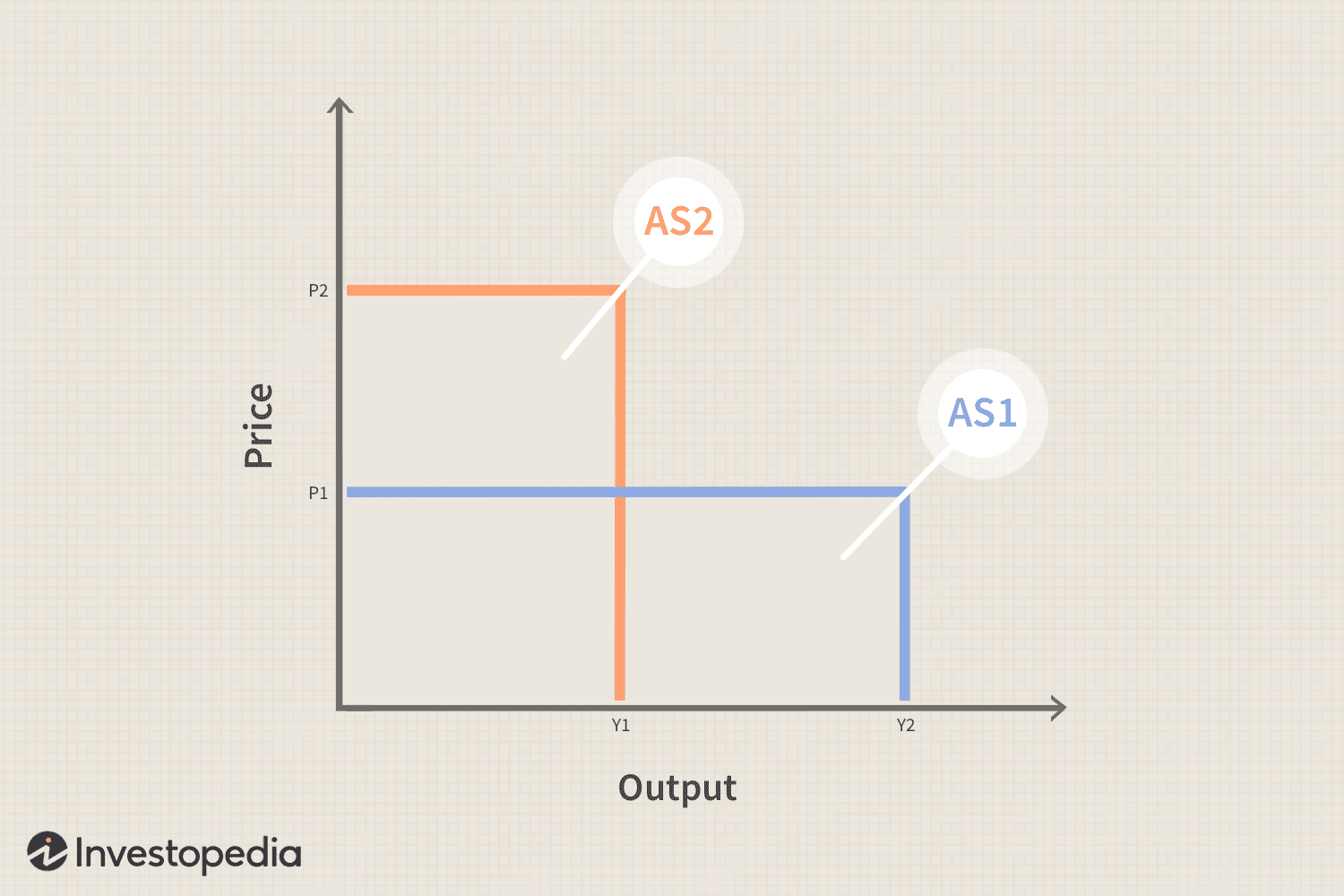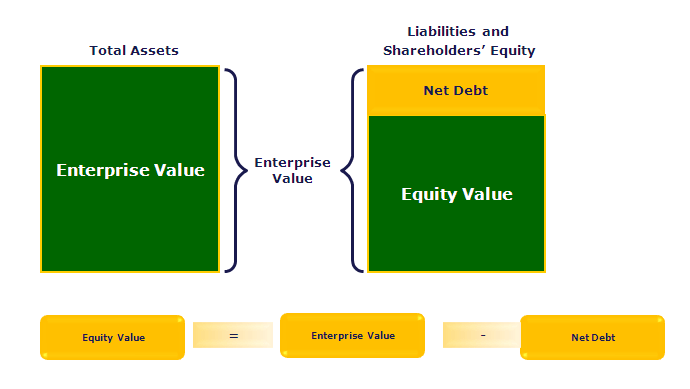Apple Menyalahkan Instagram sebagai penyebab panasnya Iphone 15
Instagram sebagai biang kerok ? Apple menyalahkan Instagram dan beberapa aplikasi populer lainnya atas masalah panas berlebih pada iPhone 15 mereka. Perusahaan teknologi asal AS ini menyatakan bahwa bug perangkat lunak yang terkait dengan aplikasi milik Meta (pemilik Instagram) adalah salah satu penyebab pengguna melaporkan bahwa perangkat iPhone terbaru mereka, yang baru diluncurkan bulan lalu, … Read more







